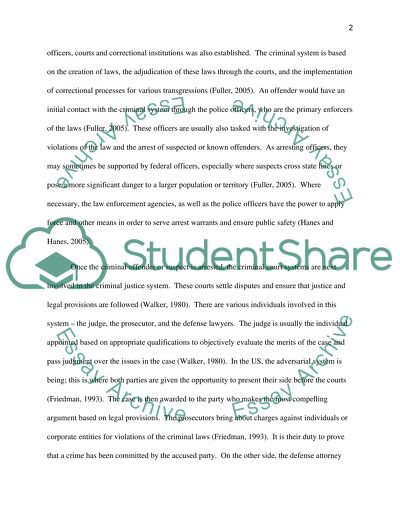Cite this document
(“Policy Made and Implemented in Criminal Justice Essay”, n.d.)
Policy Made and Implemented in Criminal Justice Essay. Retrieved from https://studentshare.org/law/1400515-midterm-essays
Policy Made and Implemented in Criminal Justice Essay. Retrieved from https://studentshare.org/law/1400515-midterm-essays
(Policy Made and Implemented in Criminal Justice Essay)
Policy Made and Implemented in Criminal Justice Essay. https://studentshare.org/law/1400515-midterm-essays.
Policy Made and Implemented in Criminal Justice Essay. https://studentshare.org/law/1400515-midterm-essays.
“Policy Made and Implemented in Criminal Justice Essay”, n.d. https://studentshare.org/law/1400515-midterm-essays.


